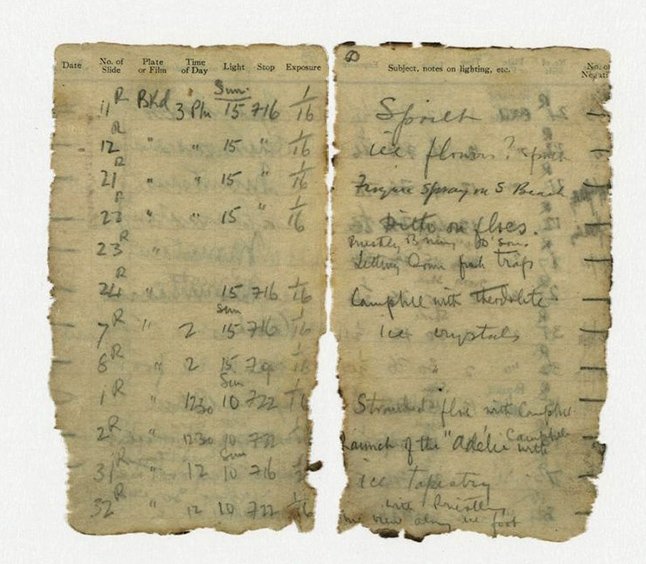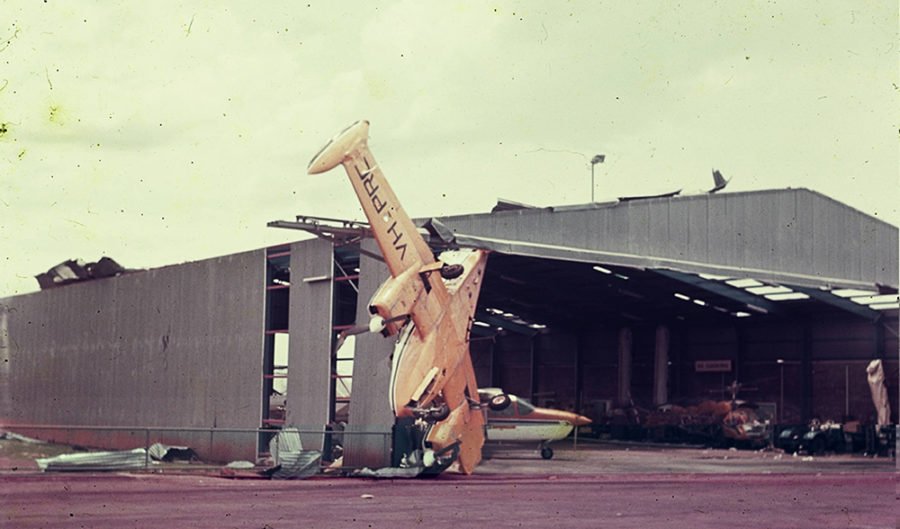
Cyclone Tracy: Images of Christmas Day, 40 years ago
It wasn’t until the dark of midnight, on Christmas Day, 25 December 1974, that Cyclone Tracy really began to make an impact.

It wasn’t until the dark of midnight, on Christmas Day, 25 December 1974, that Cyclone Tracy really began to make an impact.
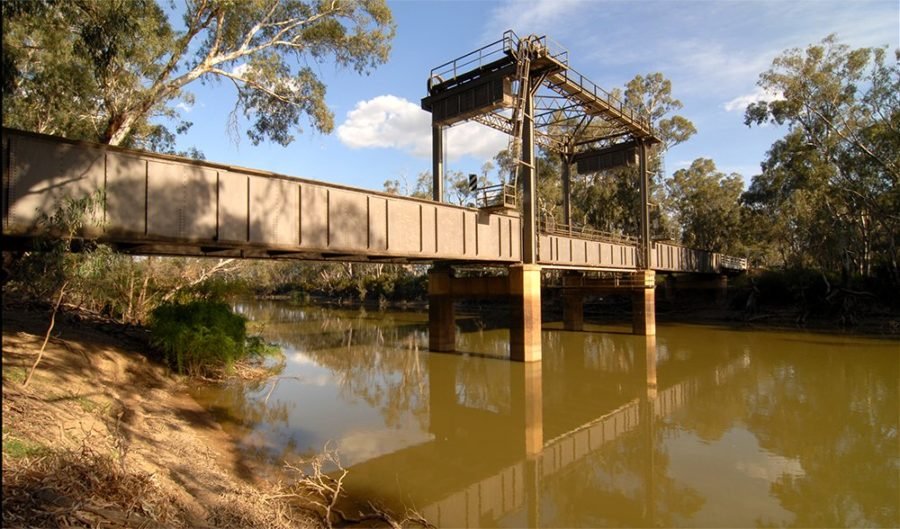
The rusting rail bridges spanning the mighty Murray recall the vigour of a boom era long past.
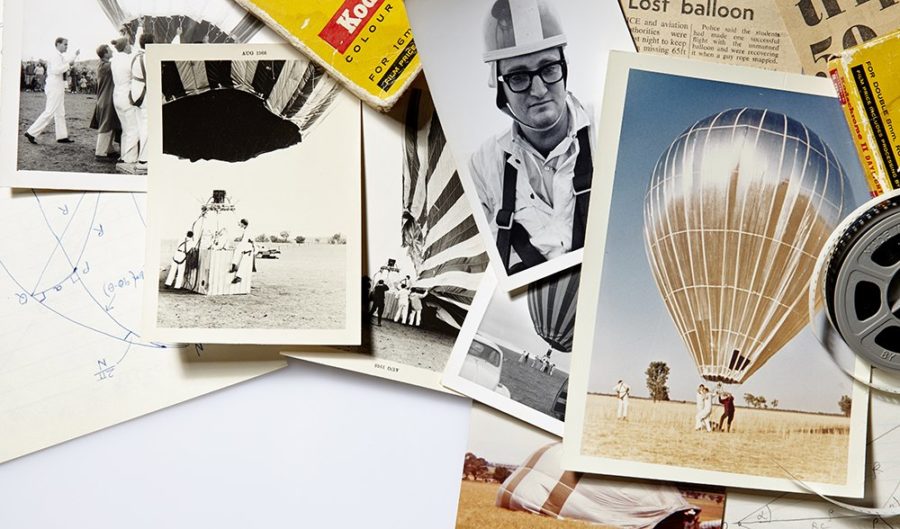
James McCormack embarks on a personal crusade to better understand his father who, 50 years ago, completed Australia’s first modern hot-air balloon flight.
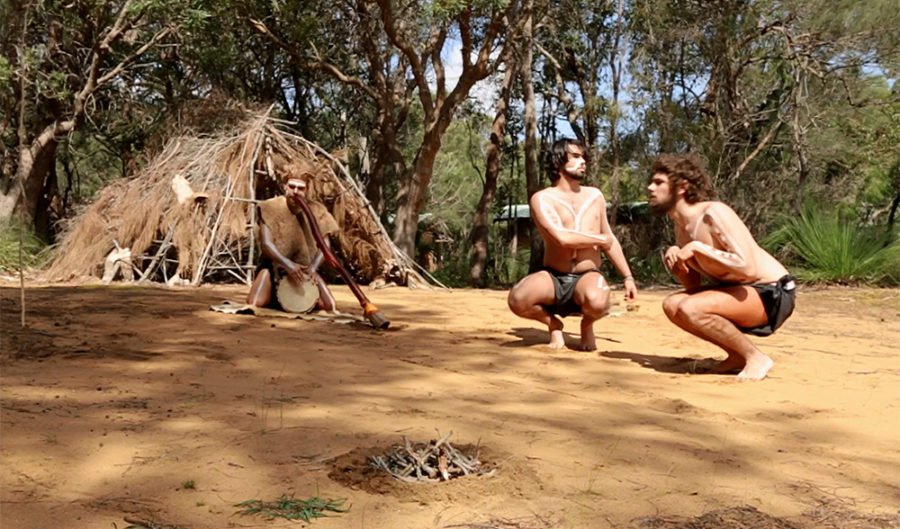
Traditional Aboriginal culture is being kept alive in south-western WA
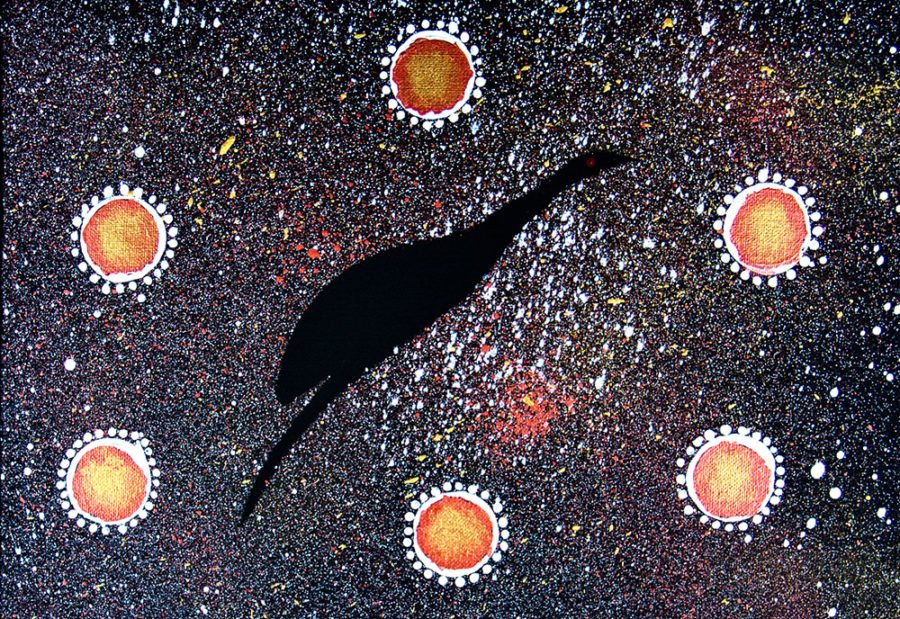
A project connected artists in Western Australia and South Africa, where the two parts of the Square Kilometre Array radio telescope will be built.
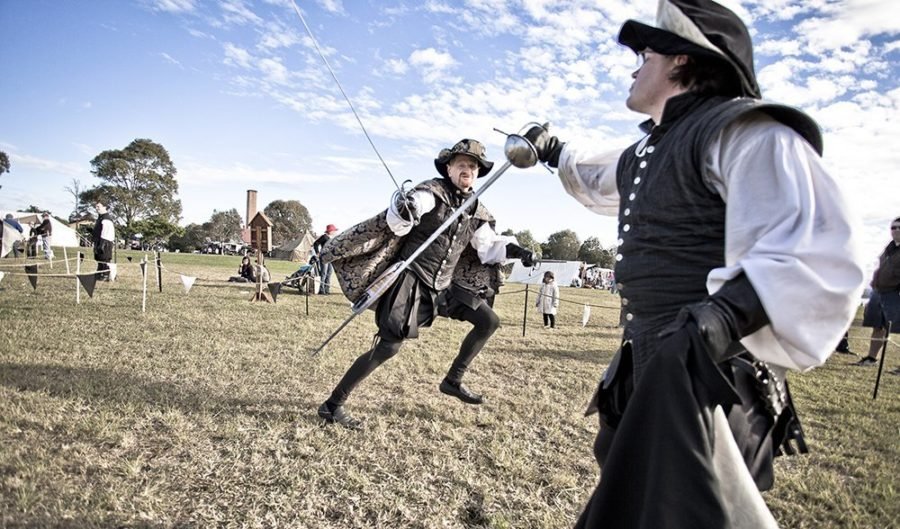
Brisbane’s historic fort roars to life as Vikings come face to face with a German tank at the most diverse living history festival in Queensland

The Shared Sky art project connected indigenous artists in remote communities from either side of the Indian Ocean (Western Australia and South Africa) whom have ancient cultural connections to the two sites where the Square Kilometre Array radio telescope will be located.
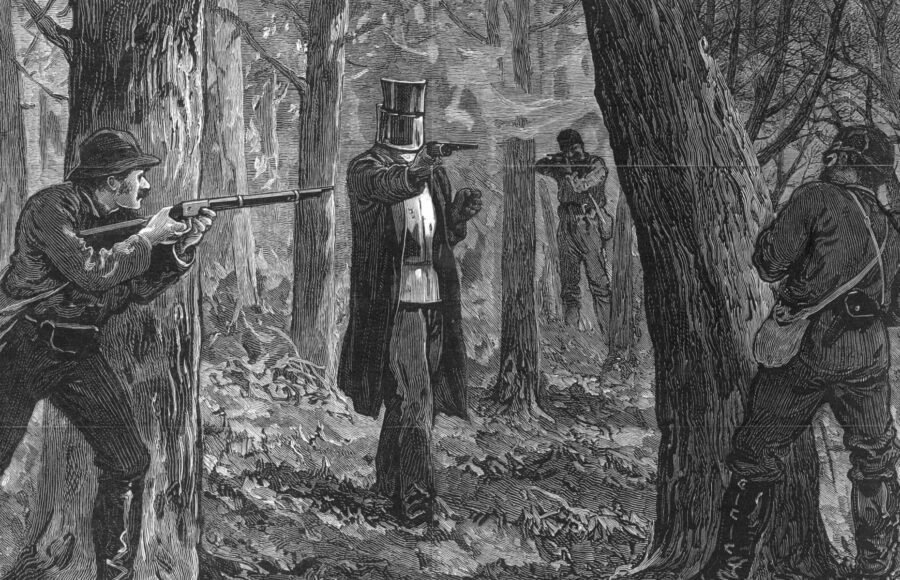
We reflect on the dastardly deeds and larger-than-life legacies of Australia’s infamous bushrangers.
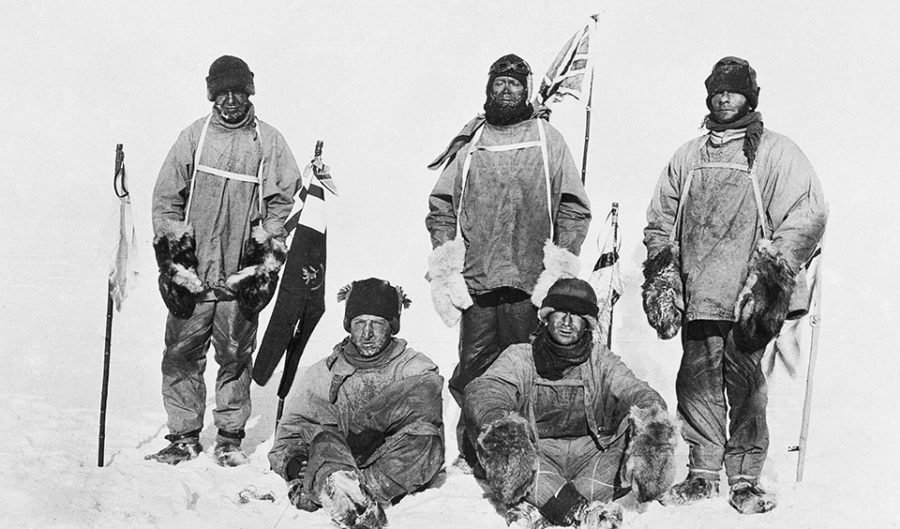
Scott’s 1911 expedition to Antarctica is one of the greatest, and most tragic, polar expeditions of all time
